Triangle Town Center did not sneak quietly into Raleigh, North Carolina.
It arrived with construction cranes, re-routed roads, and the kind of big retail names that demanded attention.
Opened on August 14, 2002, it was big, shiny, and full of ambition - the kind of place where shoppers could find everything under one roof.
Twenty-three years later, it is still part of the conversation whenever people talk about things to do in Raleigh.
But to really understand how Triangle Town Center fits into the city now, it helps to look back at how it first came to life.
Building Triangle Town Center - Launching a Retail Powerhouse in Raleigh
Triangle Town Center did not grow out of an empty field. It took real disruption to make it happen.
To open the site, the project's developers, Jacobs/CBL Properties, had to rework the traffic around U.S. Highway 1 and Interstate 540.
Roads shifted, and access points were built. In the end, they carved out a spot that felt close to everything without being swallowed by sprawl.
When the mall finally opened on August 14, 2002, it offered four heavy-hitting anchors: Hudson Belk, Sears, Dillard's, and Hecht's.
Each store filled huge spaces, and each brought its crowd.
Belk drew loyal Southern shoppers. Sears pulled in families looking for everything from jeans to lawnmowers.
Dillard's leaned into fashion. Hecht's bridged the gap. For Raleigh residents, it meant they could finally make one trip instead of three.
The design itself mattered, too. Triangle Town Center chose a two-level layout instead of the easier, cheaper single-story layout seen in older malls.
That decision made the building feel bigger without eating up every inch of the 70-acre property.
Parking wrapped the mall in a broad circle, giving people easy in-and-out during peak shopping weekends.
Opening day did not have fireworks or pop concerts, but it had energy - the kind that comes when people want something new and get it.
By the end of 2002, Triangle Town Center was no longer the new kid.
It was part of Raleigh's retail map, parked firmly between tradition and whatever came next.
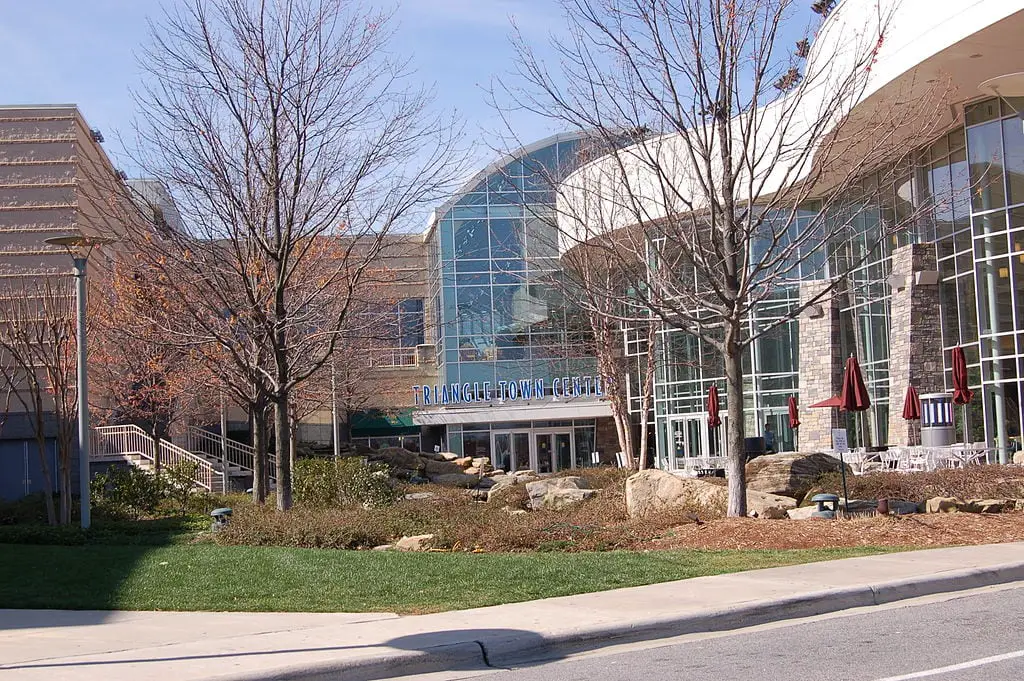
Expanding Retail Footprints - Growth and Brand Shifts at Triangle Town Center
By 2004, Triangle Town Center was ready for more. Saks Fifth Avenue opened that year, making headlines as the brand's first North Carolina location.
Its arrival was a statement - Triangle Town Center could offer luxury retail that other Raleigh malls could not.
Saks occupied 83,000 square feet, tucked into a polished corner of the mall. The lighting and floor treatments quietly told shoppers they were somewhere different.
The lineup inside kept changing, too. Barnes & Noble rolled out a two-level store, one of the few of its kind in the region.
The bookstore became a junior anchor without feeling like a second-tier tenant, pulling in readers and café visitors during weekends and holidays.
It was not a noisy addition, but it gave Triangle Town Center a place to slow down, browse, and spend time.
Brand shifts came next. In 2006, Hecht's, one of the original anchors, transitioned into Macy's.
That move reflected wider retail mergers at the time - May Company stores disappearing under the Macy's banner across the country.
For Triangle Town Center, it meant the same square footage but a different name above the door.
Inside the main corridors, national retailers filled in the gaps.
American Eagle, Hollister, and Abercrombie & Fitch moved into mid-sized spaces.
Foot traffic stayed strong through the late 2000s.
The holiday shopping season brought full parking lots and long checkout lines.
Disruptions and Setbacks - Public Incidents and Infrastructure Failures
Late 2008 showed that malls could face problems far beyond sales numbers.
On July 26, 2008, a fight broke out on the mall's upper level involving around a dozen teenagers.
By the time Raleigh Police and Wake County sheriff's deputies restored order, more than 150 people had gotten swept up in the chaos.
The mall was evacuated. Police later linked the incident to gang-related activity.
It only lasted about 20 minutes, but the effects lingered a lot longer in public memory.
Infrastructure caused different problems a decade later.
On October 10, 2018, a water main broke near the property.
Stores closed early that day and stayed closed for about a week while repairs were made.
Some spaces, like H&M, Kay Jewelers, and Zales Jewelers, shut down for renovations but never reopened afterward.
Those closures bled into larger trends. Retail was already shifting, and the global health crisis shutdowns that followed in 2020 only sped up what had started.
By 2023, local businesses moved into some of the empty spaces, giving parts of Triangle Town Center a new but quieter feel compared to its early years.
Even with these setbacks, the mall's core anchors - Belk, Dillard's, Macy's, and Saks Fifth Avenue - stayed in place.
Triangle Town Center was still standing, but it was standing in a much different world than the one it was built for.
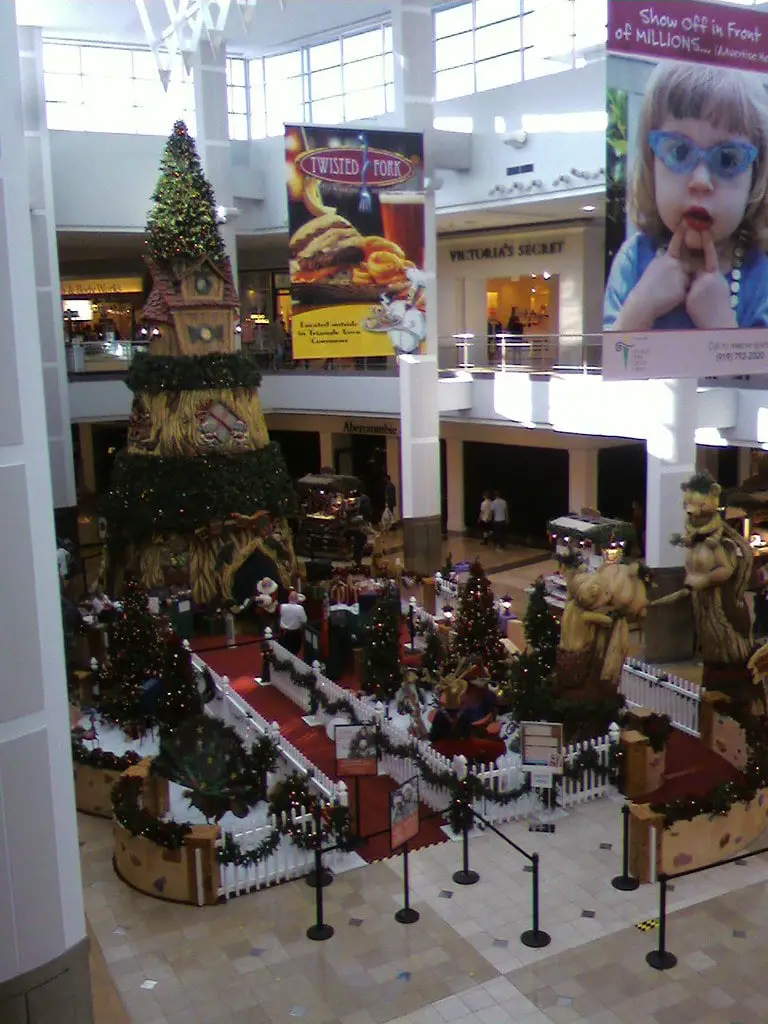
Ownership Transfers and Real Estate Shakeups at Triangle Town Center
On August 6, 2021, Sears announced it would close its Triangle Town Center location.
That closure left one of the mall's anchor spaces empty, a tough look for a property still fighting to stay relevant.
In November 2021, Kohan Retail Investment Group bought Triangle Town Center, adding it to a long list of distressed malls the company had picked up across the country.
Big promises and grand renovations didn't follow. Instead, Triangle Town Center slipped into a holding pattern, waiting to see what might come next.
Another change arrived in December 2024. Summit Properties USA, based out of New York, took over the 70-acre property.
The sale didn't draw much fanfare, but for a mall with deep roots in Raleigh's retail map, the ownership change mattered more than the headlines.
Summit Properties USA has built its business model around redevelopment opportunities, looking at retail spaces not just as shopping centers but as broader commercial assets.
As of 2025, detailed redevelopment plans for Triangle Town Center have not been announced publicly, though the purchase itself hints at changes on the horizon.
Forgotten Corners - The Commons at Triangle Town Center
Beyond the busy corridors and anchor stores, Triangle Town Center has a quieter side that most shoppers skip.
Known as The Commons, the mall's outdoor section once promised a lively mix of restaurants and gathering spaces, complete with a decorative water feature.
Over time, though, the area emptied. As of 2025, The Commons sits mostly vacant, a forgotten piece of a property still trying to find its footing.
Visitors describe it as a "ghost town" - a stark contrast to the activity inside the main mall.
Community conversations keep returning to it, hoping the right redevelopment could finally bring The Commons back into the mall's daily rhythm.
For now, it remains a reminder of how quickly even bright, new ideas can lose their shine when retail plans shift.
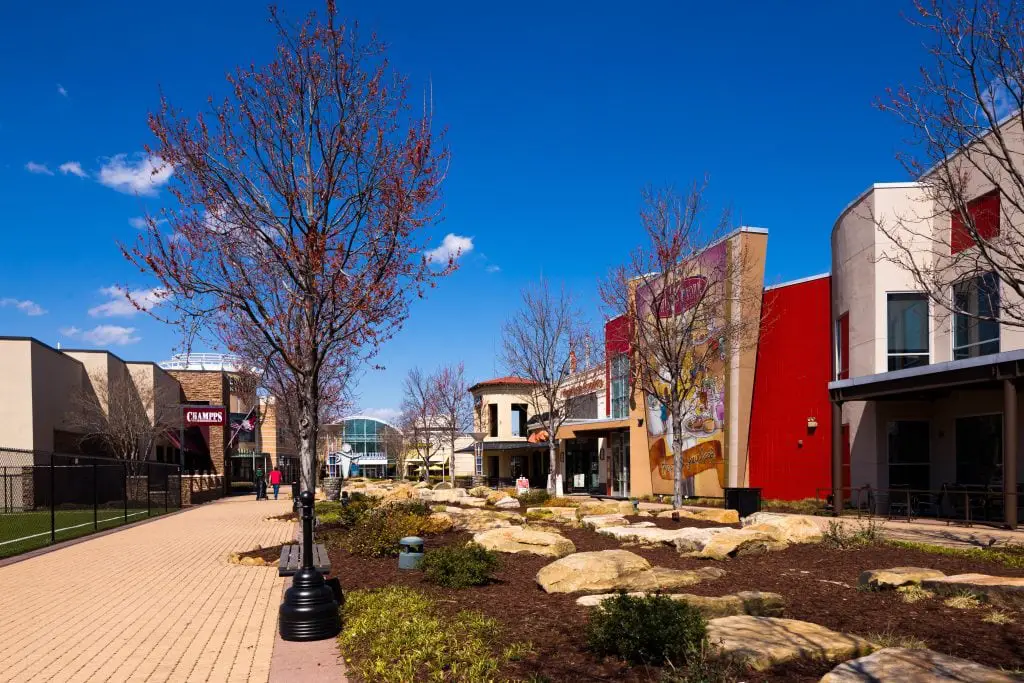
New Events, New Owners, and a New Path Forward
Triangle Town Center kept its calendar busy even while ownership changed hands.
On August 24, 2024, the mall hosted the Triangle Town Market - Quest Edition, which attracted over 85 vendors specializing in retro gaming, anime, and comics.
The event stretched beyond vendor tables, too - gaming tournaments, cosplay contests, and a car show packed with 1980s and 1990s vehicles filled the space.
It was the kind of weekend that made the mall feel alive again, even if only for a few days.
From March 28 to 30, 2025, Triangle Town Center hosted the Foodees Food & Culture Festival, with food trucks, local artisans, and activities designed to pull families back through the doors.
It was another reminder that while some retailers struggled, community events could still fill the corridors.
Bigger infrastructure changes may help, too.
Triangle Town Center has been tagged as the proposed northern terminus for Raleigh's upcoming Bus Rapid Transit (BRT) system.
As of April 2025, the project's Major Investment Study was nearing completion. Public meetings are planned through the summer, and construction is expected to follow.
If built, the transit line could make Triangle Town Center a transit-accessible retail and service hub, giving it another chance to stay vital without pretending the clock can rewind to 2002.
Challenges stay in the picture - adapting to new shopping habits, filling empty spaces, competing with newer formats - but new ownership and fresh events show that the story is far from finished.
🍀

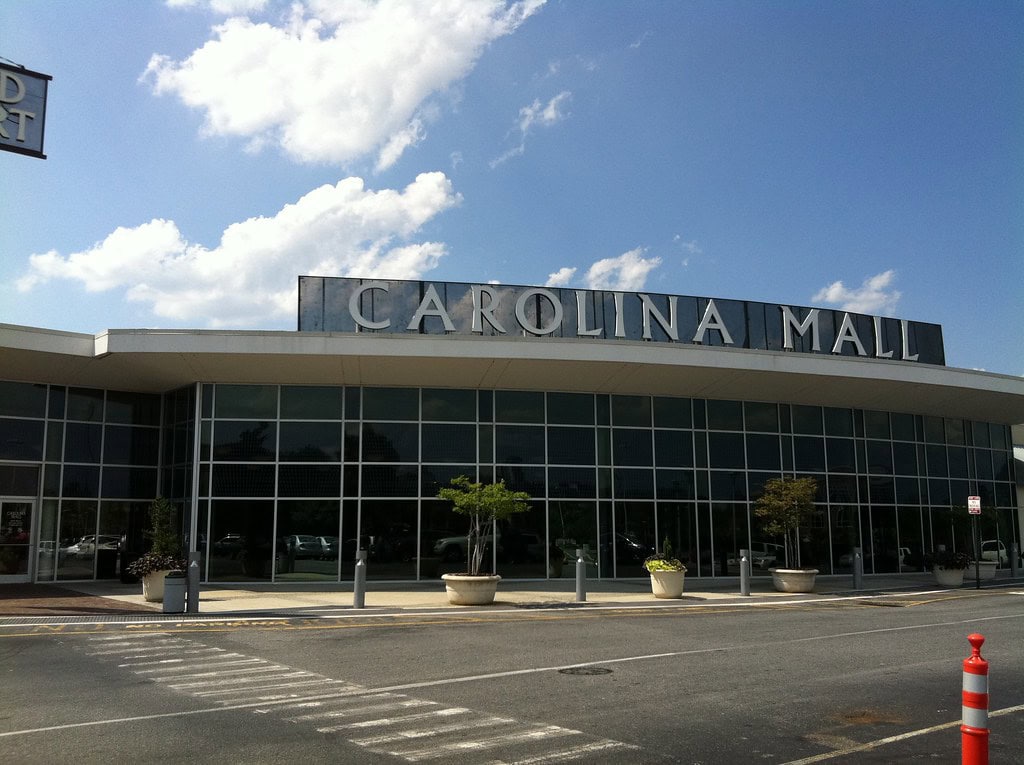
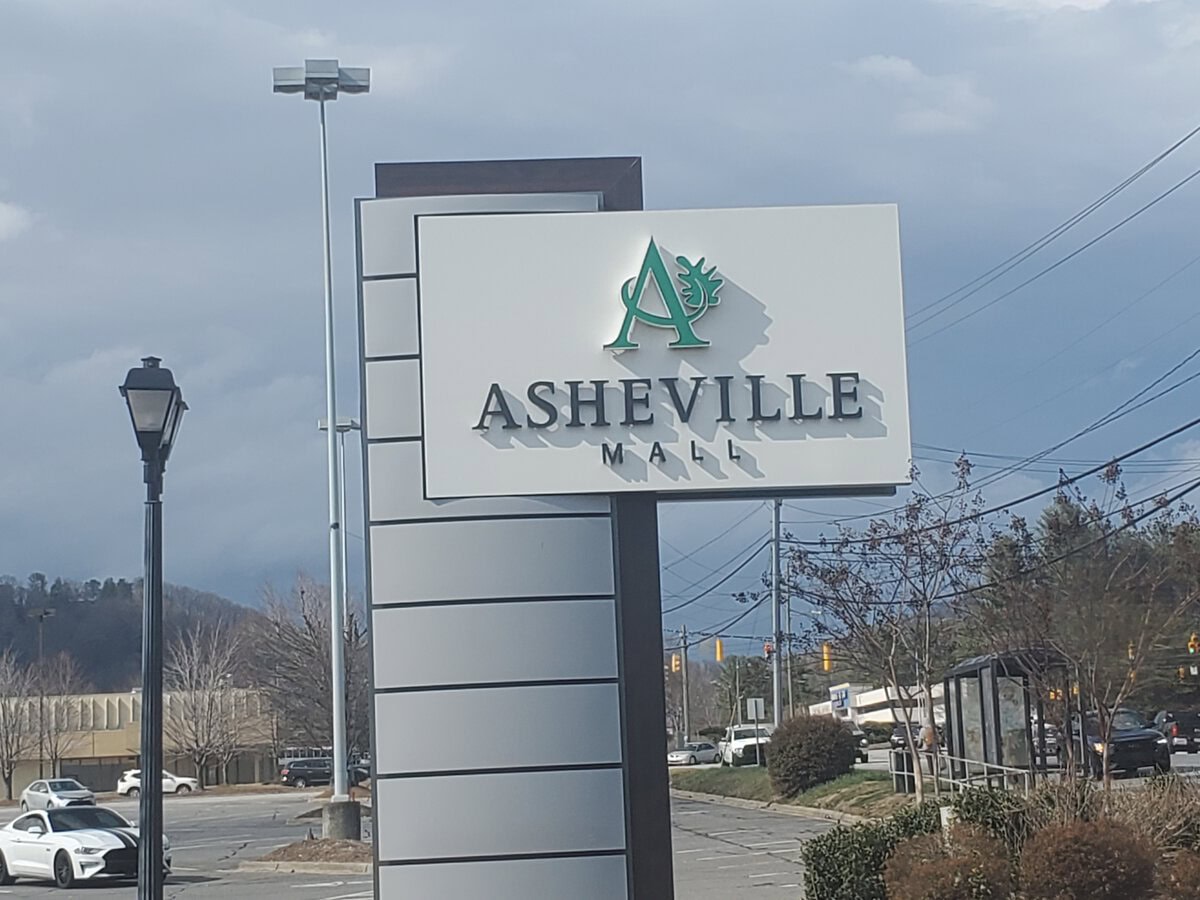
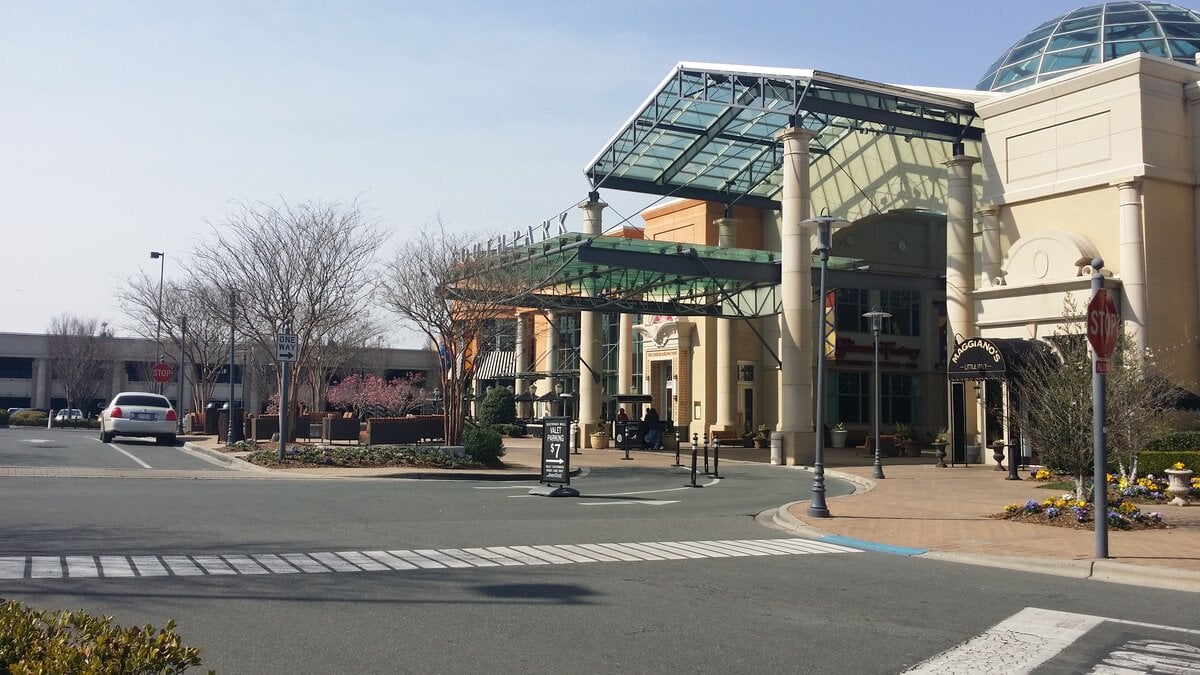
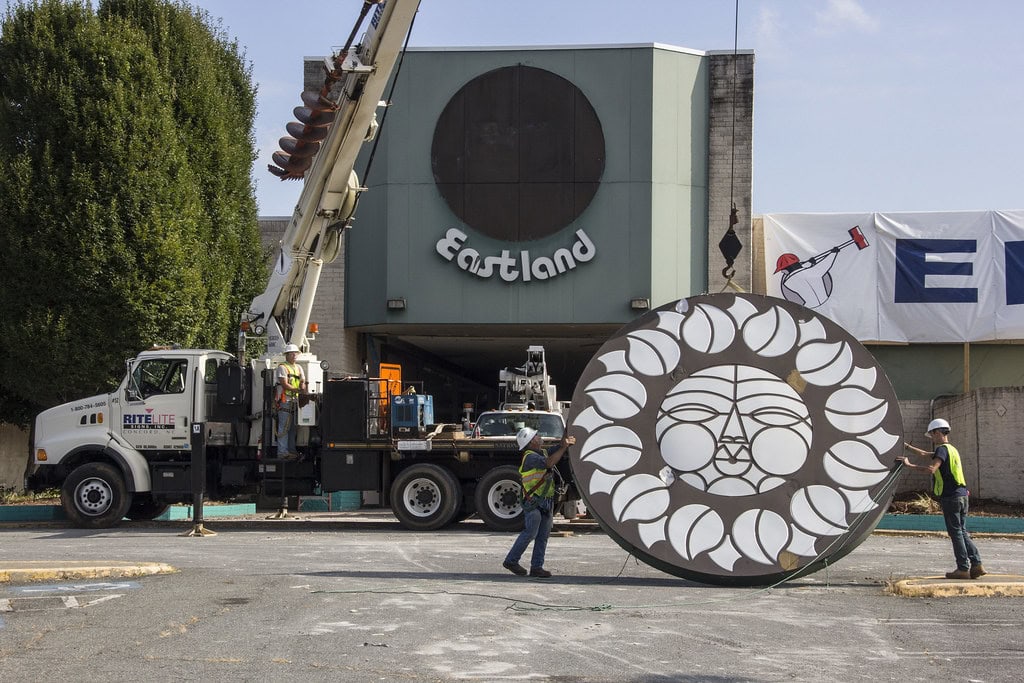
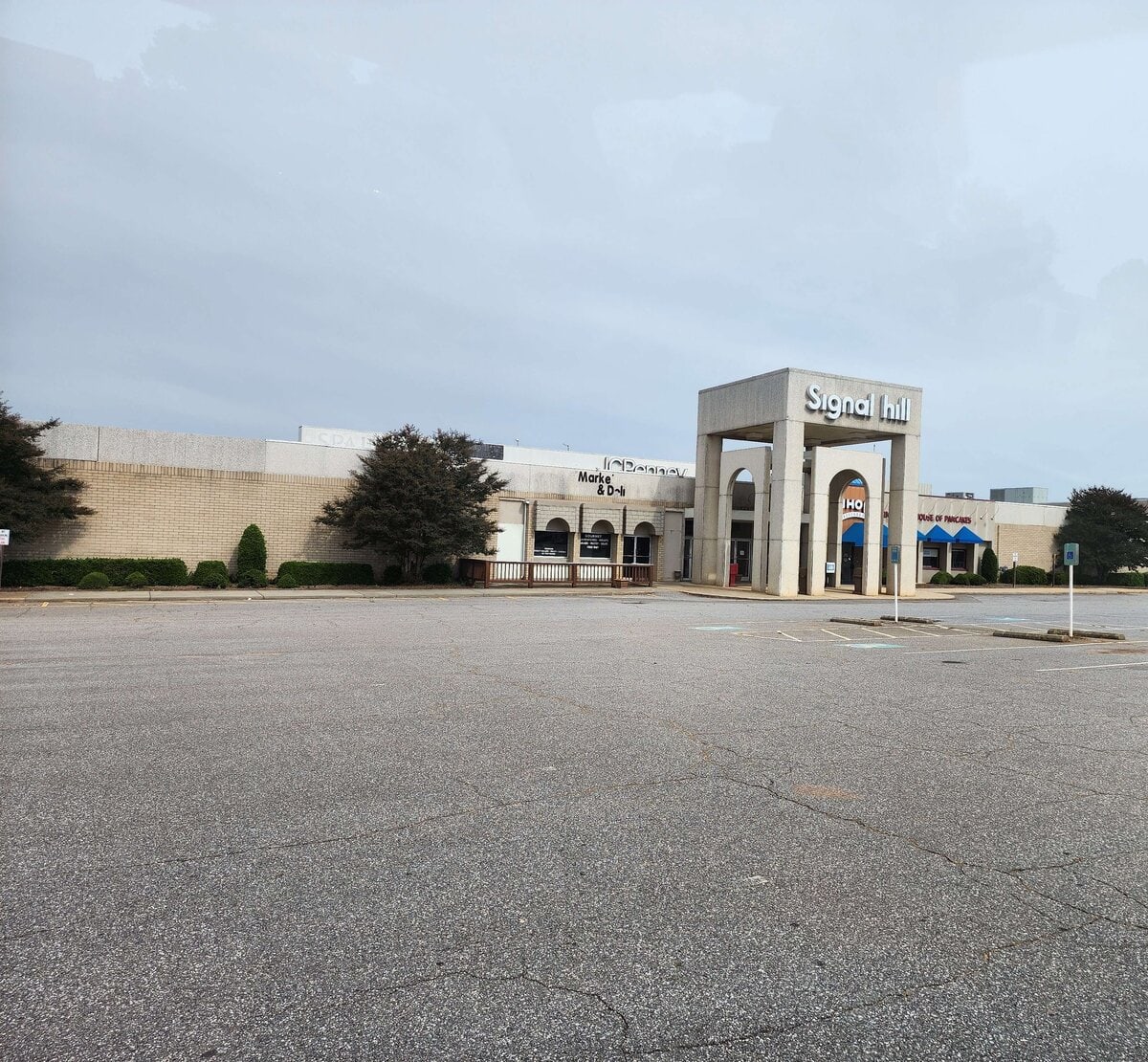
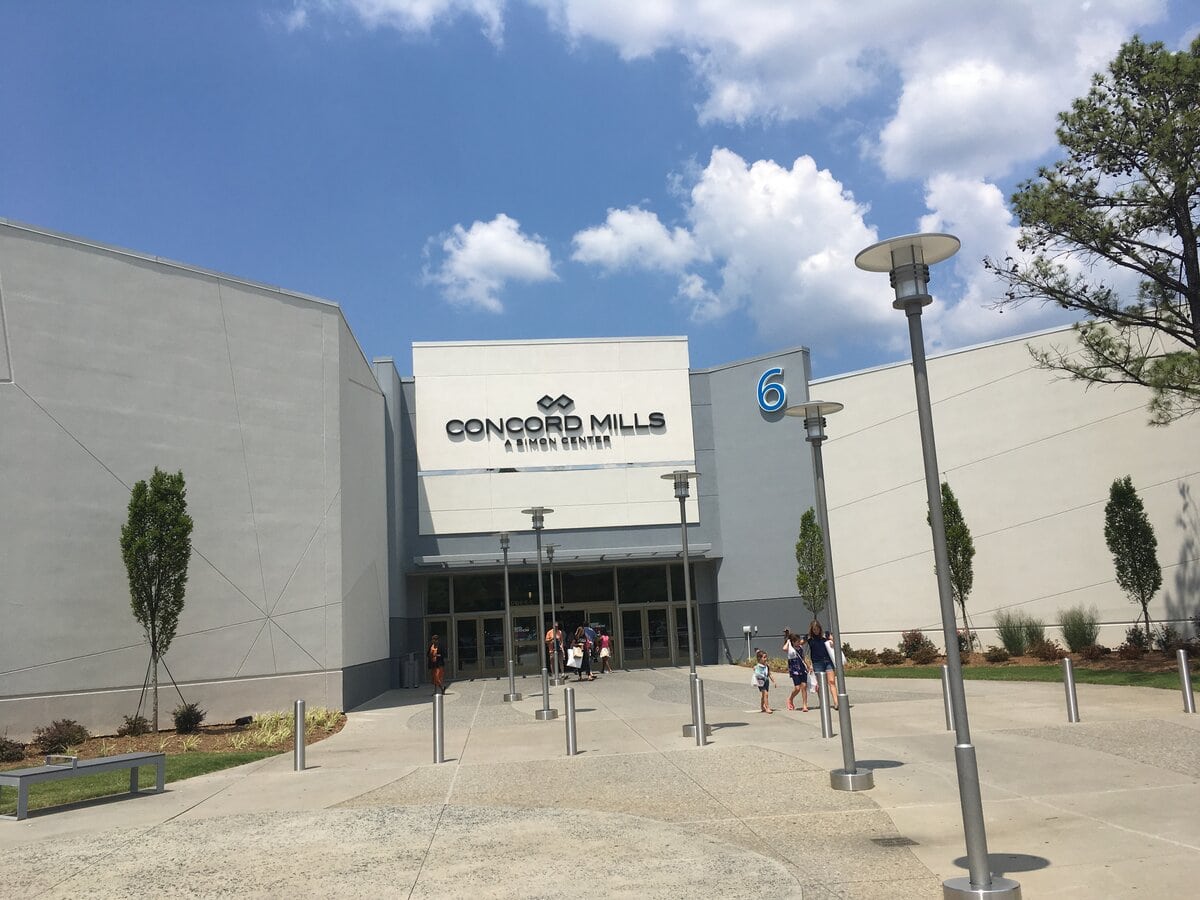
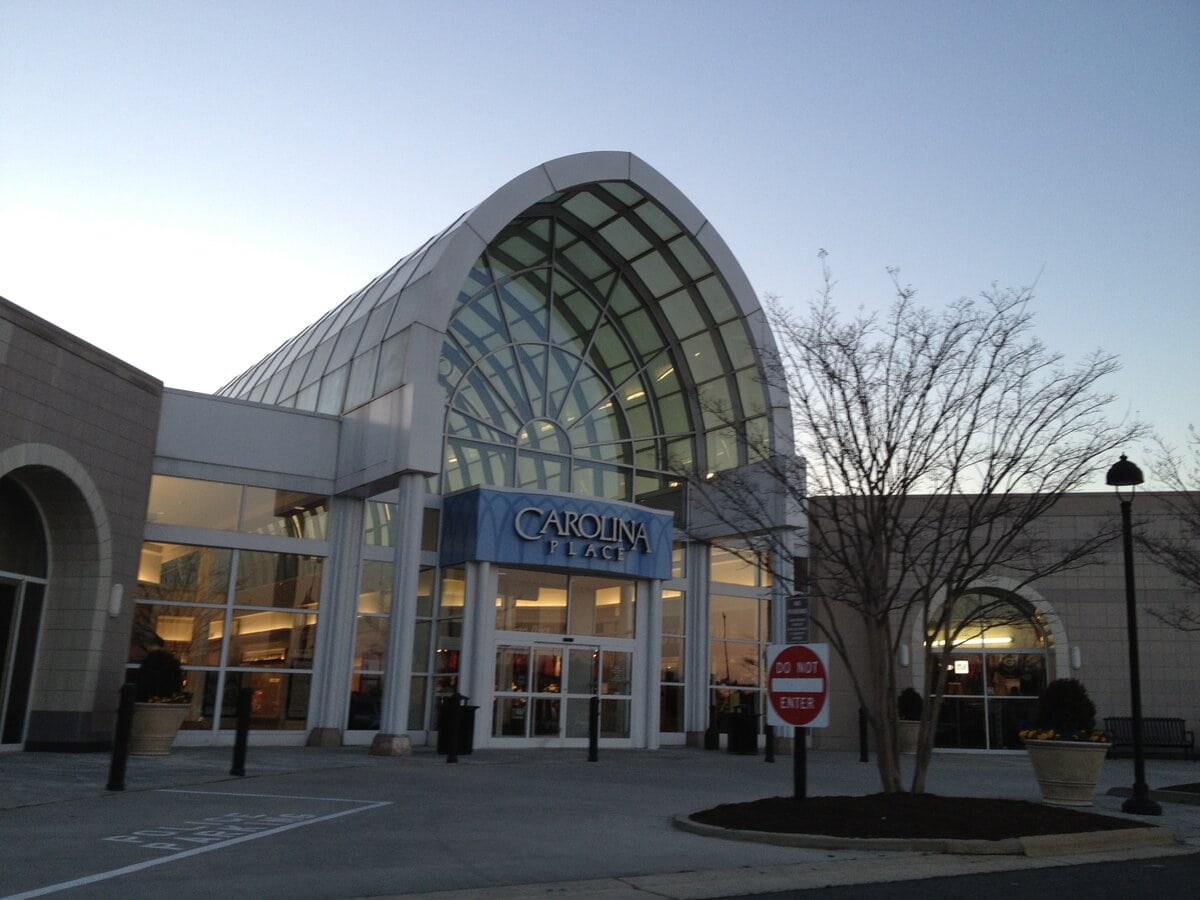

I have lived in Wake Forest for 18 years and have been saddened by the decline of Triangle. My thought has been that it is the failure of management. There are no restaurants around the mall. The food court does not count if you want a decent meal where you are served. That experience has always been a part of shopping. Getting more restaurants inside the mall would certainly help. That is what makes me go to. Crabtree Valley. Maybe management should try that. Also stores like Gap and Williams Sonoma would boost shoppers.
Eighteen years is long enough to have watched the arc of the place. People who stayed through those changes often see the patterns more clearly than anyone else.
we had a curves womans circuit location, the last one in NC, in the outside area of this mall. The only other business were charming Charlie's, mens warehouse and a mother's touch. Unfortunately around thanksgiving 2024 we, along with a mother's touch, were forced to leave as my all management basically DOUBLED our rent!
Charming Charlie's had already closed. men's warehouse moved to a new location. We were told there was renewed interest in this common outside area. So you know what happened? Nothing. No new businesses so it really is a ghost area! So, the mall management has lost revenue for 5 months now! Mayb they should reach back out to Curves and A Mother's Touch to get revenue back, offering same prices the businesses had. Or better yet offer them a bit of a reduced rent! We sincerely miss our Curves! This was a place where mature ladies could come exercise and keep their strength up and form friendships that have lasted for YEARS!!
That outside strip by the mall always had potential, but driving out stable tenants without replacements in hand feels short-sighted. A vacant lease earns no rent, after all.
The Senior Network has a monthly Senior Day at The Triangle the third Friday of each month. A stage, exhibitors and seating is provided free to all. This is four hours of continuous live entertainment, $1 raffles, networking and oodles of FUN! An event that is unique to the mall Seniors are being bussed in from throughout the Triangle area. Why is this important? By 2030 people 55 and over will be the largest demographic in the world. This makes this mall on the cutting edge of preparing for the future
Offering regular events for older adults—free, consistent, and thoughtfully programmed—gives Triangle something many malls don't have: a reason to return that isn't built around spending money.
The biggest problem for me is Summer Blvd. The hill at the entrance at Dillard's needs to be taken down so you can see on coming traffic. Also there needs to be a red light installed at the entrance at the Macy's to let you back onto the Blvd.
Road design often gets overlooked in mall planning. But as more shopping trips become quick in-and-outs, bad access adds up fast.
Making Triangle Town Center into a bus terminal will only make things worse.
Malls have tried mixing in bus terminals before, but the success depends on location and volume. In some places, it adds flow. In others, it crowds out regular visits.